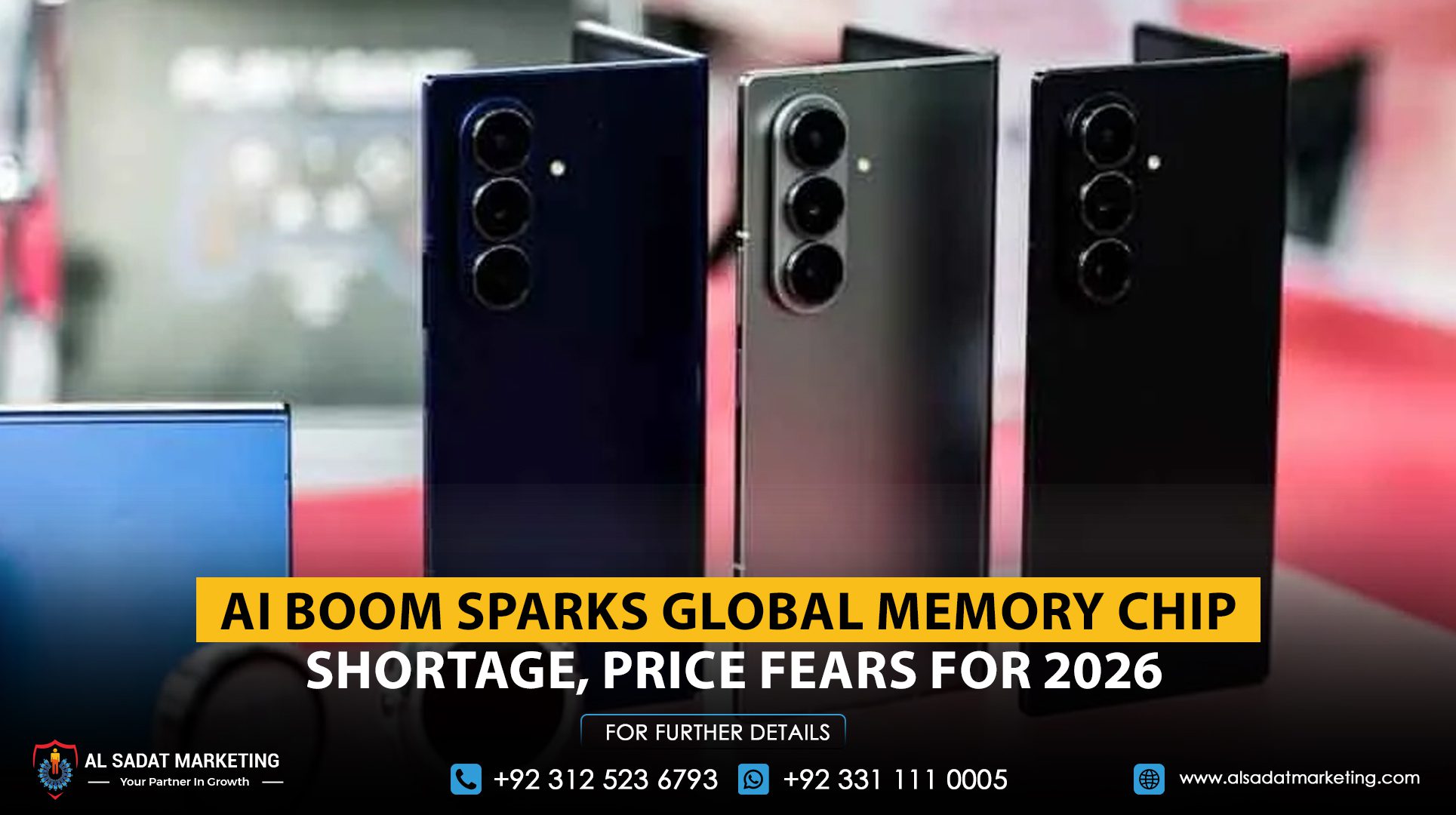Consumers may face higher prices for smartphones, laptops, and other electronic gadgets in 2026 as AI data centres drive up demand for memory chips, industry experts warn.
Tech companies building AI infrastructure, including tools like ChatGPT, are rapidly buying DRAM and NAND storage chips, which are also essential for everyday consumer electronics. The surge is straining a supply chain that chipmakers keep intentionally tight to protect profits.
Xiaomi president Lu Weibing said this week that memory chip supply pressure will be “far greater than this year,” predicting noticeable retail price increases across electronic products. William Keating from Ingenuity consultancy added that shortages will impact PC, smartphone, and server manufacturers, ultimately passing higher costs to consumers.
Major chip producers, including Samsung, SK hynix, Micron, and SanDisk, have seen revenue growth from rising memory demand. Samsung plans a new semiconductor plant in South Korea, while SK Hynix reported record quarterly earnings due to climbing DRAM and NAND prices. Analysts at TrendForce noted that the memory market has entered a strong upward pricing cycle, prompting brands to raise retail prices and lower production forecasts for smartphones and laptops in 2026.
Although cars may be less affected because they use fewer memory chips, uncertainty remains. SMIC, China’s leading contract chipmaker, said clients are hesitant to place orders due to concerns over future availability.
Experts attribute the shortage to unexpectedly high AI-driven demand combined with years of limited investment in expanding production. Chipmakers have deliberately maintained tight capacity to avoid past price collapses.
Memory chip prices are already climbing sharply, and analysts warn the trend could continue through early 2026, meaning consumers and businesses should prepare for higher costs and longer waiting times for electronic devices.










